Why does it seem that most wholesale brand owners will tell you “no” if you ask them to sell their items on Amazon? In today’s episode, we’ll break down why most brand owners don’t like Amazon sellers to sell their inventory on Amazon and the step-by-step process of turning that “no” into an enthusiastic “yes!”
Not only will we share the steps that you need to take to convince a brand owner for you to sell their items on Amazon, but we’ll also let you in on one of the greatest secrets to wholesale selling success: you actually want the brand owners to tell Amazon sellers “no” when they reach out to open wholesale accounts. Once you learn this secret, you’ll be light years ahead of other sellers who simply give up when a wholesale brand owner refuses to let you sell their items on Amazon.
Listen on the podcast player below.
Like what you hear? Tell a friend… and be sure to leave us a rating and a review. Here’s how.
Key points from Episode 149:
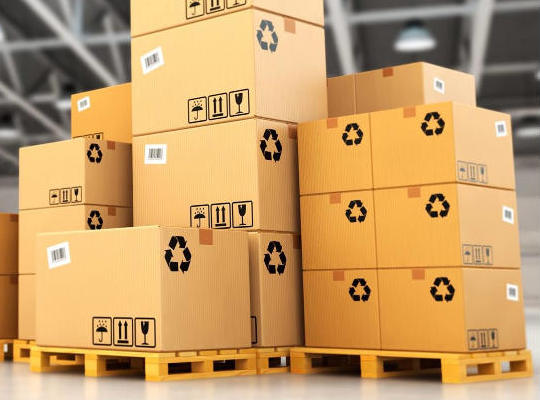 The number one thing stopping people from finding profitable wholesale accounts.
The number one thing stopping people from finding profitable wholesale accounts.- The reason most brand owners won’t give wholesale accounts to Amazon sellers.
- Why you actually want a brand owner to tell you no when you ask to sell their items on Amazon.
- How you can separate yourself from the average Amazon seller seeking a wholesale account.
- Value propositions and how they can convince a brand owner to allow you to sell their items.
- The best way to block a “no” when trying to get a wholesale account.
Links and resources mentioned in this episode:
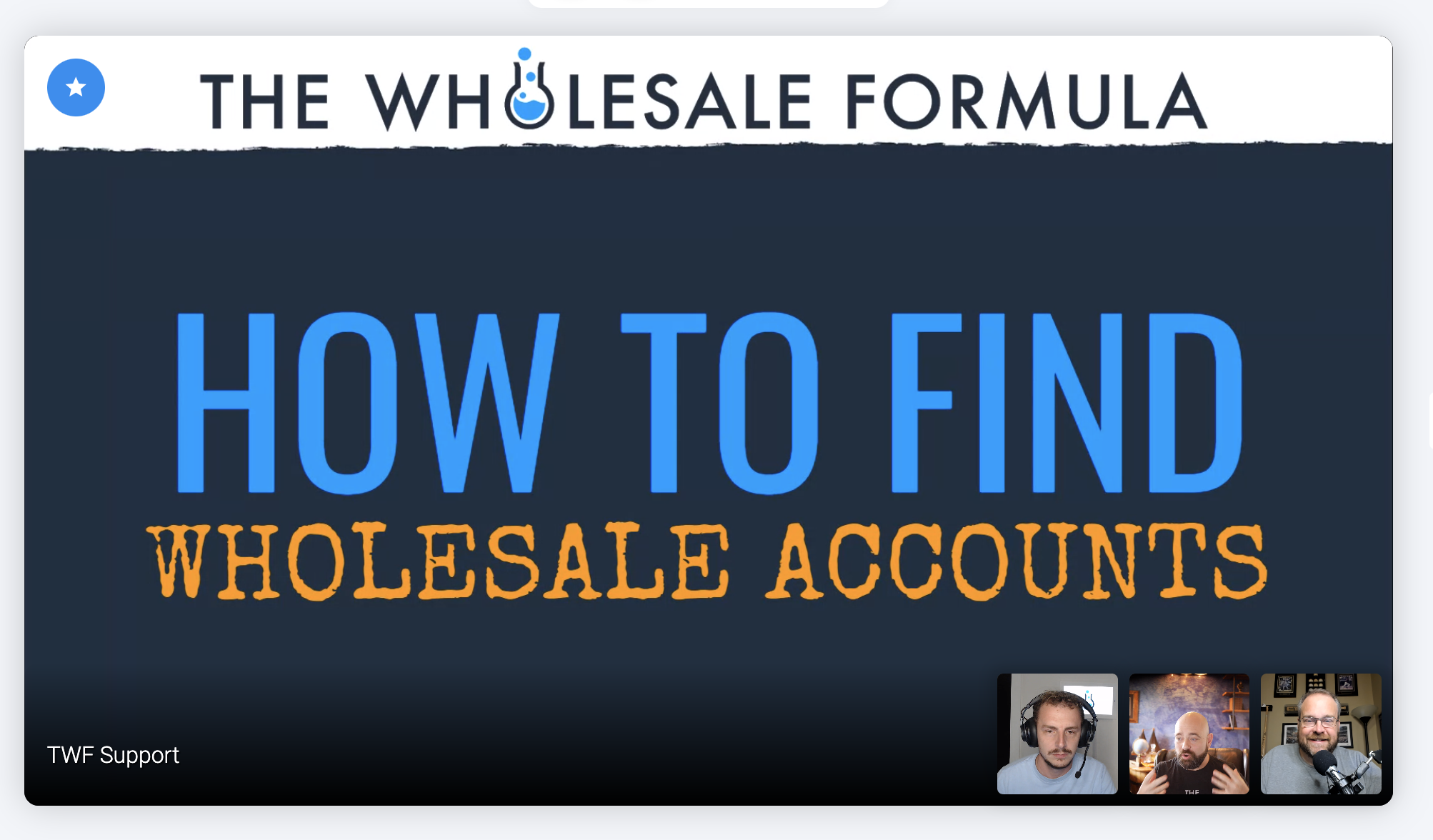 Wix – Make Your Own Website
Wix – Make Your Own Website- FREE “How to Get Started Selling Wholesale Items on Amazon” Workshop Webinar (limited time replay)
- FREE “How to Find Wholesale Accounts that Brands WANT You to Sell on Amazon” Workshop Webinar (limited time replay)
- The Wholesale Formula program
Right-click here and save as to download this episode to your computer.
![]()
Discover the Secrets of Profitable Wholesale Sourcing
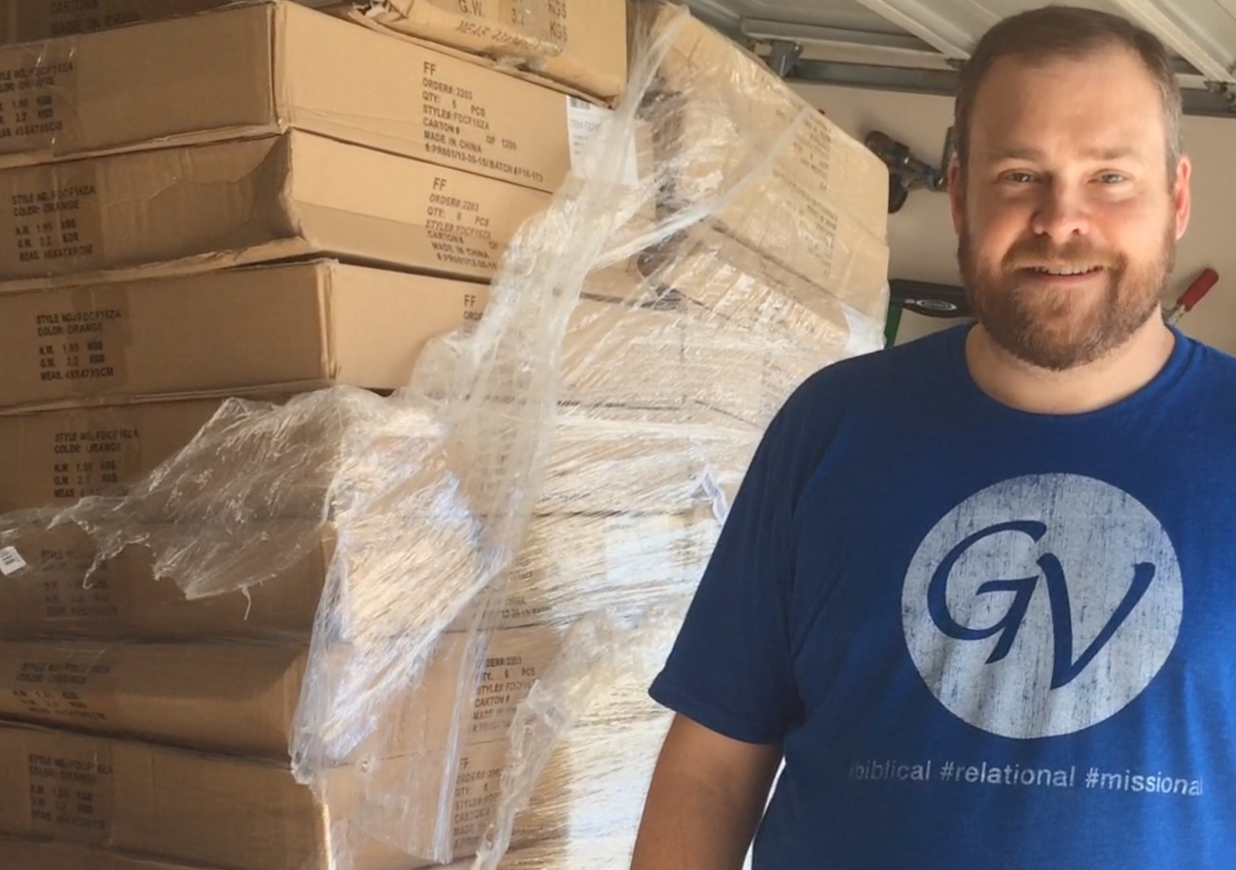
For the longest time I wanted to add wholesale to my Amazon business. I had actually gone through 3 different wholesale courses to teach me how to do it. Each time I went through a new wholesale course I would try what was taught, but I kept coming up empty. It was extremely frustrating… then I scheduled a phone call with Dan Meadors from The Wholesale Formula. That conversation opened up my eyes to things about wholesale I never thought about before (and was never taught). I took his advice and began to find multiple wholesale accounts. Not only did I find wholesale accounts, I was actually able to successfully land the wholesale accounts.
Would you have wanted to listen in on that conversation? Unfortunately, we didn’t record the call, but Dan and his team have created something even better: a free webinar series focused on successfully adding wholesale to your Amazon FBA business. The content in this free video series is the same content that I heard in my phone call with Dan… and more!
Unfortunately, this free webinar series is currently closed, but if you want me to tell you when the doors are open to the free wholesale workshop again, then sign up for the wait list where I’ll email you the moment the free wholesale workshop videos are available again. This free video series that will open your eyes to what is possible with selling wholesale items on Amazon, so take a moment, and sign up for the wait list.
Back to the main page for The Full-Time FBA Show
More Episodes from the Full-Time FBA Show podcast:
Don’t miss an upcoming episode! Subscribe, download episodes, and review the Full-Time FBA Show:
-
-
- Subscribe on iTunes
- Follow on Spotify
- Follow on Amazon Music (or just ask Alexa to “play The Full-Time FBA Show podcast”)
- Follow on iHeartRadio
- Subscribe on Podbean
- Subscribe on Podbay
- Subscribe on Podchaser
-
![]()
Episode 149 Transcript:
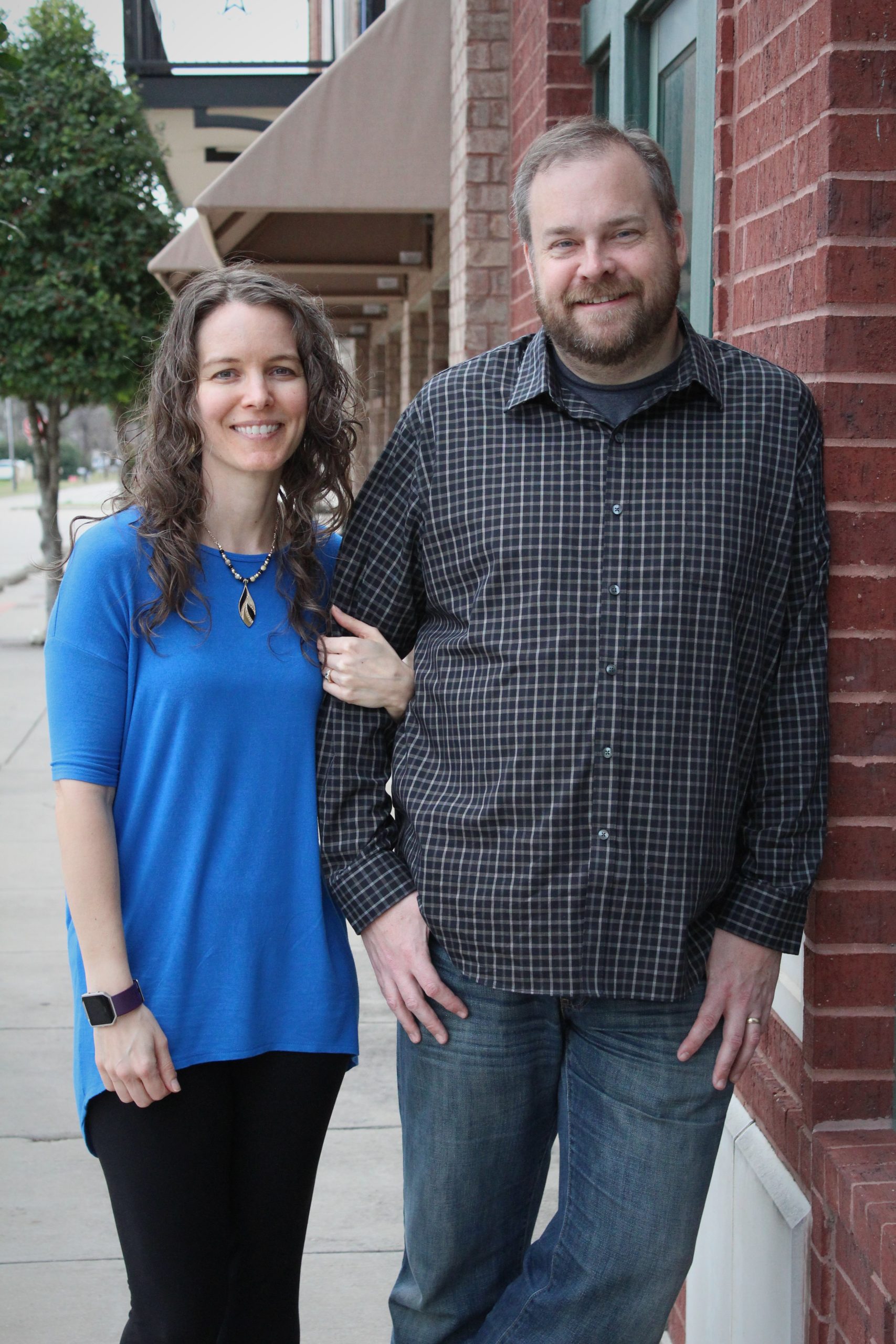
[INTRODUCTION]
[0:00:01.8] ANNOUNCER: Welcome to The Full-Time FBA Show. In each episode, it’s our goal to help you turn part-time hours into a full-time income, selling almost anything on Amazon. Now, your hosts of the show, Stephen and Rebecca Smotherman.
[WELCOME]
[0:00:21.4] STEPHEN: Welcome to episode number 149 of The Full-Time FBA Show. Today, we’re talking about wholesale sourcing and a very critical part of it, convincing a brand owner to allow you to sell their stuff on Amazon. And with me to discuss this is my wife, Rebecca. What’s up, Rebecca?
[0:00:37.3] REBECCA: Hey, I don’t know what’s up. I never know how to answer that question. I’m fine, that’s what’s up.
[0:00:43.8] STEPHEN: Well, I’m glad. I’m glad you’re what’s up and that you’re fine, you are fine.
[0:00:48.1] REBECCA: Oh dear.
[0:00:48.0] STEPHEN: I will say that. Yes. So anyway, we’ll talk about…
[0:00:51.8] REBECCA: Moving on.
[0:00:52.1] STEPHEN: Wholesale sourcing and convincing brand owners to allow you to sell their stuff on Amazon, today, on The Full-Time FBA Show.
[DISCUSSION]
[0:01:02.7] REBECCA: Possibly the number one thing stopping people from finding and benefiting from profitable wholesale accounts for their Amazon reseller business is that the majority of wholesalers and brands are going to deny your request to sell their inventory on Amazon and if you ask that brand or the wholesaler today to sell their inventory on Amazon, probably 90% or more of them will say, no. “No, we’re not going to allow you to do that” if they even respond to you. So why is that?
Unfortunately, the reason for this stems back to experience with previous Amazon sellers early on, they had an experience with an Amazon seller or they’ve heard rumors or heard stories, anecdotes about Amazon sellers.
There are just not impressive at all with how they handled their wholesale accounts and how they partner with brands to sell on Amazon because that’s what you’re doing when you open a wholesale account, you’re partnering in a way with that brand to sell their products. These Amazon sellers that they have worked with or have heard about will violate MAP, which is the minimum advertised price and that’s a policy that brands put in place to protect their products and protect their brand image and Amazon sellers are known to do that.
Some Amazon sellers just flagrantly violate MAP even if they have agreed to it. They will also let the product page on Amazon get stagnant, they will ignore feedback, they do all sorts of things that just really set off the reputation of third-party sellers on Amazon as not a quality partner to get into business with. And so that’s why many of these brands, most of these brands are going to tell you, “No. No, thank you” or “Please don’t contact me again” if you try to get a wholesale account with them today.
[0:02:54.6] STEPHEN: Yeah and since most brands are telling Amazon sellers no, the Amazon sellers hear no so often that they basically just end up quitting without trying to like, convince the brand that they’re actually a quality Amazon seller, like the kind of Amazon seller that the brand actually wants and not like the ones that they’ve experienced in the past. Or worse, some Amazon sellers also just hear the rumors of all the brands saying no and they don’t even ask the brands directly because they are already assuming they’re going to get a no.
So why even ask, right? But today, we’re going to share with you exactly what to do after the brand says no or possibly, even how to avoid the “No” altogether.
[0:03:33.5] REBECCA: But before we get into that, we’ve got three different things that you can do to respond to a brand after they say no to you and your request. We want you to know something really important and that’s really the biggest tip of this entire episode and that is that you want brands, you want to work with brands who say no when you try to open a wholesale account. This is not a bad thing, you don’t want to sell a brand that gives every seller permission to sell their inventory. That is low hanging fruit. That’s just a road straight to increase competition, lowering prices, tanking prices, you might hear it called and just basically wasting your time and capital on inventory that’s not going to be a consistent seller for you at a price that is going to bring you a lot of profit. You want brands who only allow a few sellers to sell their items on Amazon.
I’m sure you’ve heard that as a benefit of selling wholesale items on Amazon is that there’s reduced competition and if you’re selling items that the brands or it’s as distributor who says yes to every seller, then you’re selling items that anybody else can get very easily and that’s going to increase your competition and possibly reduce your profits. So that’s not a bad thing to get a no but then, what do you do after you get a no from a brand or a wholesaler when you ask that question? That’s what we’re going to get into next.
[0:04:55.7] STEPHEN: And 99.9% of the time in life when someone says no, we need to respect that “no.” We don’t need to push that boundary, we need to respect people’s no.
[0:05:04.7] REBECCA: That’s what we tell our kids all the time. We tell our boys, we’ve trained them that since they were little, little and that’s the phrase we use, respect the “No.”
[0:05:12.3] STEPHEN: Exactly but this is an opportunity. This is a business opportunity that we’re just trying to clarify some misconceptions. We’re trying to bring truth to overcome the myths that have been spread in the past and so you know, we’re going to gently try to turn this no into a yes with wholesale products to sell on Amazon.
And the first thing that can help you is to present yourself as a professional. You know, wholesale brands can sniff out amateurs a mile away but they can sense certain things in you that shows that you’re actually a professional seller. An amateur seller is yeah, going to violate MAP, is going to be a bad partner for this wholesale brand but a professional Amazon seller is one who they can work with, that they can respect, that they can have a give and take and so, some ways that you can differentiate yourself as a professional is even, with something as simple as your email address.
I mean, if I try to reach out to a brand and I email them from stephen96371@gmail.com or hotmail.com or AOL or Netscape or whatever crazy email address I might have, does that send a professional message to this brand? No, it doesn’t but if I send them a message from stephen@pinnacleenterprises.com.
[0:06:29.7] REBECCA: That’s made up.
[0:06:30.5] STEPHEN: Yes, I was going to say, both of these emails that I’m coming up with, they’re all made up, they’re not going to work, they’re not going to go to me.
[0:06:36.5] REBECCA: Is Netscape still around?
[0:06:38.6] STEPHEN: I don’t know, maybe, who knows?
[0:06:39.9] REBECCA: I know I’ve seen AOL recently.
[0:06:41.7] STEPHEN: Yeah, that’s true, yep but think about if you’re looking at things from the brand’s perspective. If someone reaches out to you with a commonly used Gmail address or whatever, it doesn’t look very professional. But if you’ve got your own email address from a business type address, then it will send a message that you’re more of a professional and these things are not expensive to setup.
You know, to be able to buy a business website domain and to make an email address out of it, it’s not hard to do. You just might to know how to do it yet but it’s easy to learn. Another way that you can set yourself apart is to – if you’re buying a domain for an email address, go ahead and setup a one-page website. It can be a simple one page, you don’t have to have a store, you don’t have to have a cart.
Just something with a basic mission statement that kind of tells what your company is about, maybe some contact information. You can actually get one for free, fulltimefba.com/wix, that’s Wix. There’s also paid ways that you can get websites and so being able to just present yourself just a little bit more professional than the average Amazon seller can help set yourself apart from the average seller who is just trying to get a wholesale account and giving off all the signs that they’re just an amateur who is going to make the whole wholesale Amazon seller relationship go bad.
[0:08:01.7] REBECCA: So the second thing that we want to make sure that you’re aware of, that you can do, if you get a no from a brand and possibly turn that no around is be sure that you are delivering value propositions to the brands that you are trying to work with. You want to make sure that the brand understands that you’re not here just to take, you’re not just looking about how much you can make out of this relationship, how much your bottom line is going to be on this but that you’re also a partner in this relationship. You’re wanting to give in this relationship and that they’re going to benefit from this, not just you. And one of the best ways you can do that is to communicate that you stick to MAP. That’s that minimum advertised price, make sure that you are assuring them that you will not go below MAP and then do that please.
[0:08:48.7] STEPHEN: Right?
[0:08:48.7] REBECCA: With the accounts that you already have and any future accounts, make sure that you are committed to sticking to MAP. You know, that’s an agreement you have made with the brand and it is really ethically bad to break that MAP and honestly, it does hurt you and the product and the brand when you do that. You also can communicate that you know how to optimize listings and that you will help them with that, that you can help them get better search results and that you can improve the clarity of their listings and that’s going to lead to more sales.
You can help them to remove negative feedback that’s going to violate the Amazon feedback policy, that also can get better search results. You can remove negative feedback in a way that again, is within Amazon guidelines and is doing it above board, not having like some sort of sneaky feedback policy that’s going to be ethically questionable or even go against the Amazon guidelines and that’s going to improve the search results.
If you can show these brands, some of them know these things, some of them don’t or some of them don’t have the time or the ability to take care of that and you can tell them that you help with that. You can also setup PPC advertising, pay-per-click advertising that can driver more traffic to their listings. There’s tons more ways that you can help brands. These are just a few ideas.
But if you offer these and then, be willing to follow-up, don’t just offer it but you know, be willing to follow-up with doing these things on their listings, you’re going to create a win-win-win situation. You are going to help the brand to win by increasing the image of their brand on Amazon and improving their pages and improving their sales.
You’re going to win because you’re going to be able to get a slice of that pie of those sales and then the customer’s going to win too because they’re going to be able to make a better, more informed decision on those Amazon product pages with better feedback and all of the things involved with setting up these value propositions, the customer is going to benefit to you.
[0:10:53.4] STEPHEN: If you’re thinking to yourself, “I don’t know how to do all those things yet” each one of those things are learnable. I mean, you can totally Google. In fact, we’ll put some links on the shownotes on how to follow through with some of these value propositions, how you can learn them and be able to offer them to these brands as a way to serve them and help their items sell more on Amazon.
The third item that we’re going to talk about on how to convince a wholesale brand to allow you to sell their stuff on Amazon is to ask for a trial period. A lot of times, you can block the no before it even comes with a trial period request. You know, if the brand is hesitant then maybe they can try you out for six months and you can phrase it that you’re going to try them out for six months and see how after six months, come back and see if this has been a good situation for both parties.
So that helps you be motivated to make sure that you follow through and really do a good job serving that brand and the brand gets to check you out and see if you’re trustworthy and if their sales increase. And so if they like you, guess what? You’re going to have a wholesale account. If they don’t like you, then guess what? You found out ways that you can improve and do better next time but at least you’ll have six months of selling their stuff on Amazon.
So just block that “No” with a trial period request and so, those are just three ways that you can turn a no into a yes when trying to open a wholesale account when you’re trying to sell on Amazon by presenting yourself as a professional, by offering value propositions and then seeking a trial period if the brand is still hesitant after all of that. And there are so many more value propositions that you can learn that we just talked about, three or four of them.
There’s over 30 that can actually help you convince a brand to sell their stuff on Amazon, where you can serve them and if you want to learn more about those, there’s a wholesale course, it is open for a very short time. In fact, when you’re listening to this, it closes tomorrow. So, fulltimefba.com/wholesaleformula, the course is The Wholesale Formula. It’s what taught Rebecca and I how to sell wholesale items on Amazon.
It closes tomorrow at midnight and if you’re listening to this in the future, then, you can follow that same link and sign up for a wait list to be notified when The Wholesale Formula opens back up. They only open up to the public once a year, we had a private promotion with the wholesale formula that is just for the Full-Time FBA crowd, that’s what’s going on right now, but it closes down Tuesday night, August 16th at midnight pacific.
The link again, fulltimefba.com/wholesaleformula, where you can learn everything from start to finish with buying stuff at wholesale from brands directly to sell on Amazon. It’s an amazing course, I give it my 100% stamp of approval and it’s amazing. So check that out, fulltimefba.com/wholesaleformula.
[CLOSING CONVERSATION]
[0:13:45.2] REBECCA: Thank you so much for joining us on this episode of The Full-Time FBA Show. As always, you can find the links that we’ve talked about, including the one to the wholesale formula course or the wait list in the show notes for this episode, it’s episode number 149, fulltimefba.com/149. You can also find the transcript of this episode, if you want to go back over anything that we’ve talked about and take notes on the different tips that we’ve given, be sure to check that out, fulltimefba.com/149.
[0:14:14.3] STEPHEN: And next week on the show, we’re going to talk a little bit about online arbitrage and the top online arbitrage mistakes to avoid if you’re wanting to be a successful Amazon seller. So join us next week on The Full-Time FBA Show.
[OUTRO]
[0:14:29.1] ANNOUNCER: That is all for this episode of The Full-Time FBA Show. So head over to fulltimefba.com/podcast, where you will find the show notes and links from this episode. While you’re there, subscribe to our newsletter where you’ll get several free downloads of our popular and helpful Amazon FBA resources. Now, take action on what you have learned today so you can find success at turning part-time hours into a full-time income with Amazon FBA.
[END]
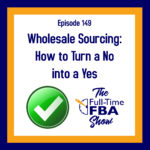

Leave a Reply